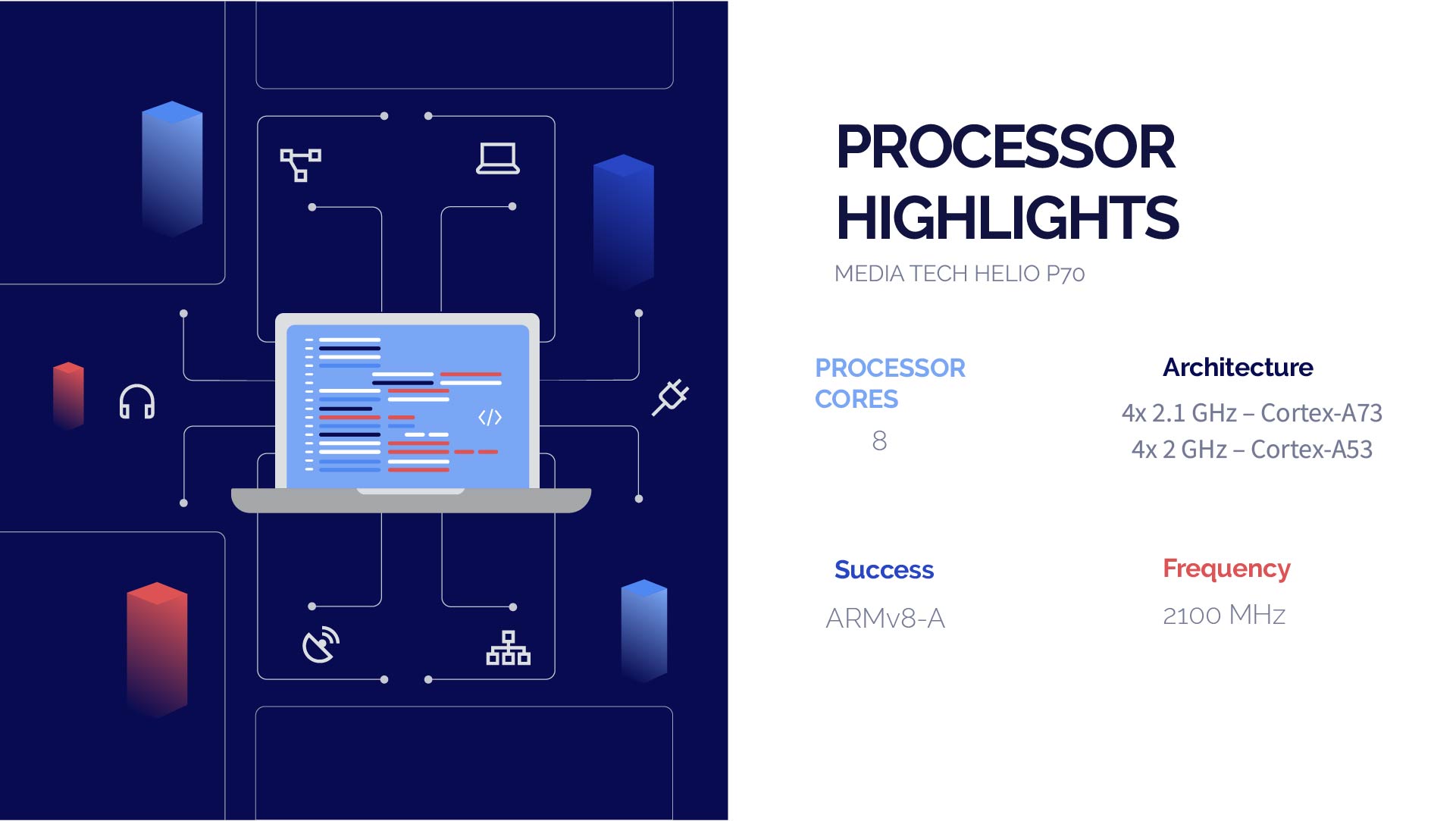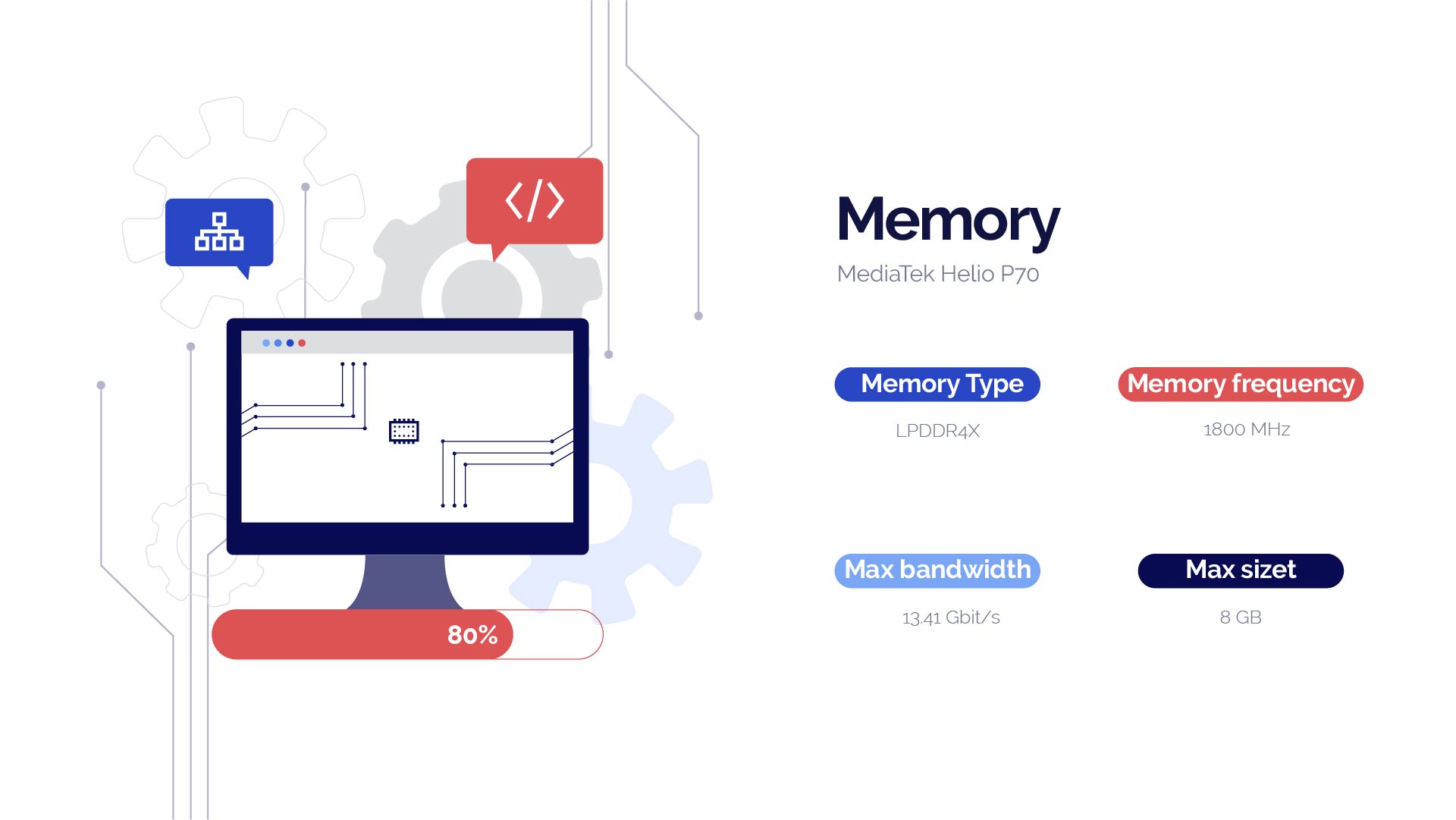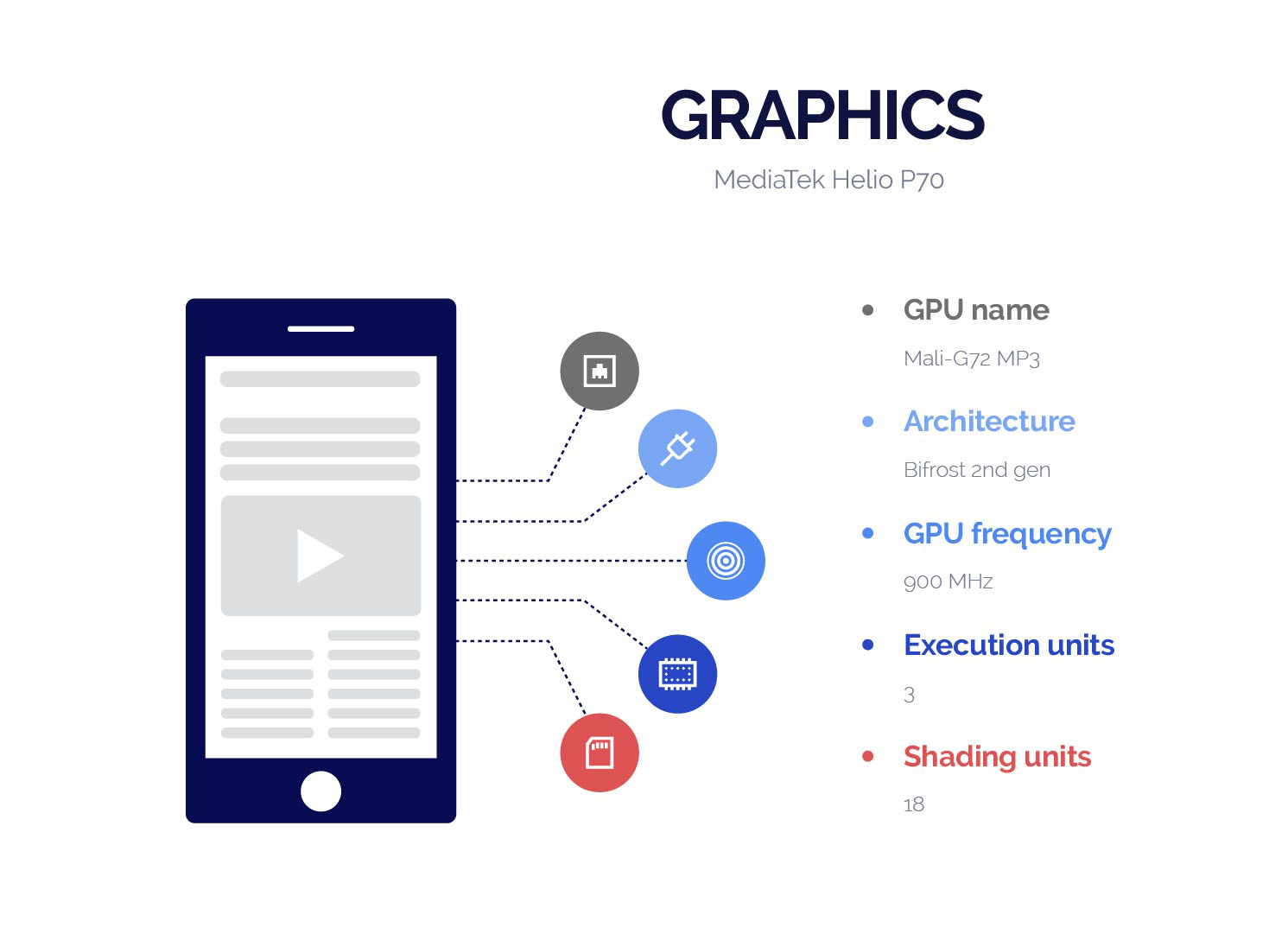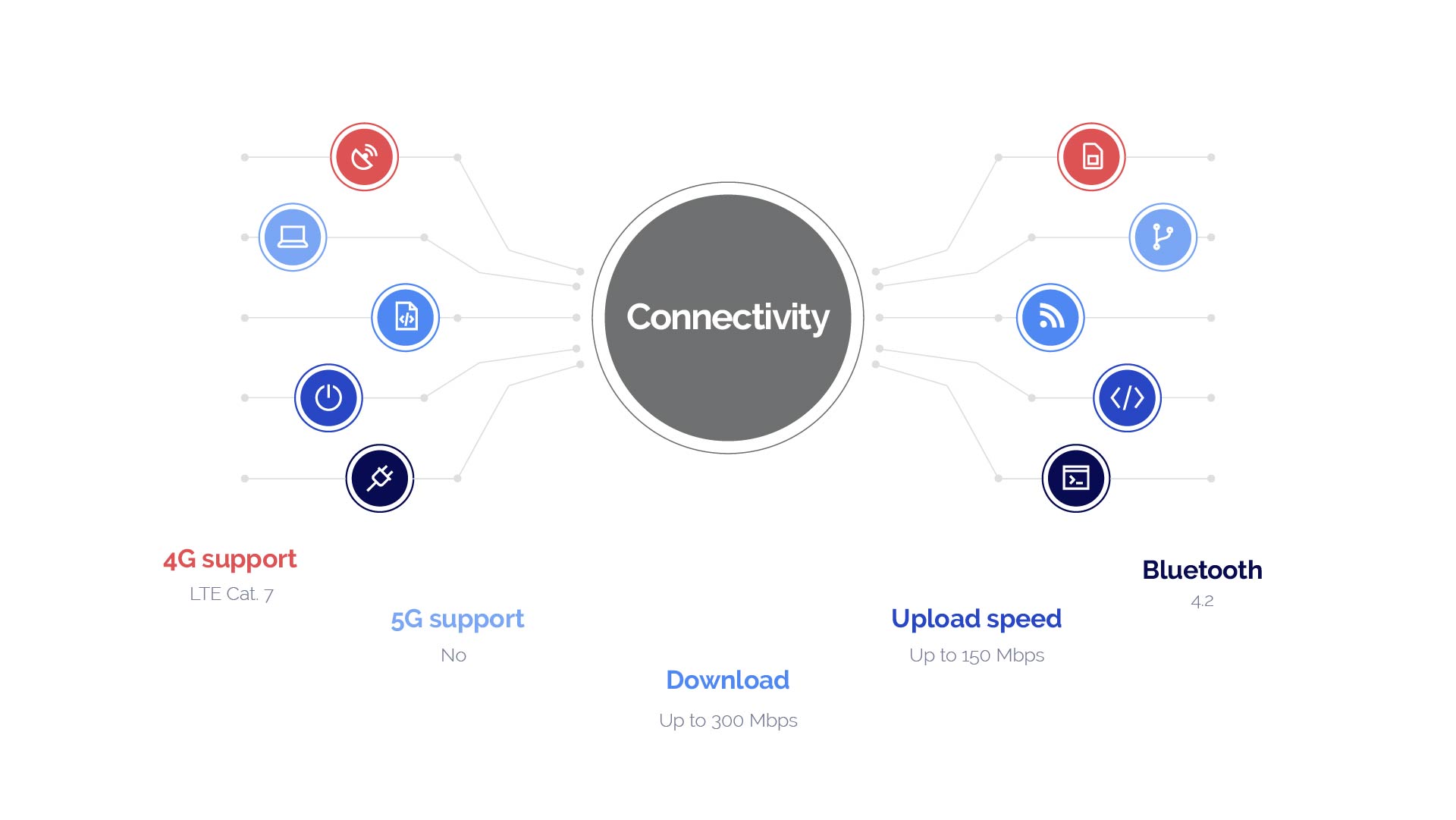
What is the MediaTek Helio P70
How do processors work?
Here is a short Video explaining the basics

CorePilot 4.0 explained
CorePilot 4.0 is an advanced technology developed by MediaTek, specifically designed to optimize the performance and power efficiency of their chipset systems, particularly in mobile devices. It functions as a comprehensive task management system that intelligently allocates and manages tasks across various processing resources within the chipset.
In essence, CorePilot 4.0 plays a crucial role in enhancing the overall efficiency, performance, and user experience of MediaTek chipset-powered devices by intelligently managing task allocation and power usage.

Multi-c-Core APU
The multi-core APU functions at speeds of up to 525MHz. When paired with MediaTek’s NeuroPilot enhancements and an advanced multi-threading scheduler, it achieves 10-30% greater AI processing efficiency compared to the earlier P60 model. This improvement allows the P70 to handle more complex AI tasks, like human pose detection, even within a similar performance range.
This platform offers remarkable flexibility and power, presenting an exceptionally energy-efficient resource that’s perfect for creating distinctive product offerings.
What is a APU?
Here is a short Video explaining What a APU is

Capture Amazing Pictures and Video
In the realm of photography, its latest high-resolution depth engine delivers a remarkable 3X enhancement in depth-mapping capabilities. This advancement allows for smoother 24fps visual bokeh previews while conserving 43mA per second compared to competitor alternatives.
The performance of MFNR (Multi-Frame Noise Reduction) and MFLL (Multi-Frame Luminance Layering) has surged by 20%, ensuring quicker processing from shot to JPEG. This enhancement guarantees a seamless experience when capturing a burst of photos. Furthermore, hardware upgrades feature a dedicated warping engine for electronic image stabilization (EIS), conserving 23mA per second compared to GPU usage. An anti-blooming engine prevents overexposure, while precise AI-driven facial detection and intelligent scene recognition significantly enhance auto-exposure (AE), auto-focus (AF), and auto-white balance (AWB).

Specifications
Processor
Up to 280GMAC/s

Latest 4G Technology
MediaTek’s cutting-edge 4G LTE WorldMode modem prioritizes an energy-efficient design alongside the integration of the latest cellular standards and features.
Innovative Transmission Antenna Switching (TAS 2.0) technology from MediaTek elevates user experience by dynamically selecting the optimal antenna combination. This ensures sustained, high-quality signals while operating at the lowest possible power consumption.

Conclusion
In conclusion, the MediaTek Helio P70 stands as a testament to MediaTek’s commitment to delivering powerful yet energy-efficient chipset solutions. With its blend of advanced technologies like CorePilot 4.0 for optimized task management and A high-performance APU driving AI capabilities, the P70 offers a significant leap forward in mobile processing.
Overall, the Helio P70 represents a comprehensive and versatile chipset, perfectly balancing performance, power efficiency, and cutting-edge features. It continues to serve as a cornerstone in powering next-generation mobile devices, catering to the growing demands of modern consumers for seamless performance, advanced AI capabilities, and superior connectivity.
For more info please visit our blog


